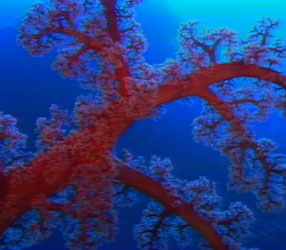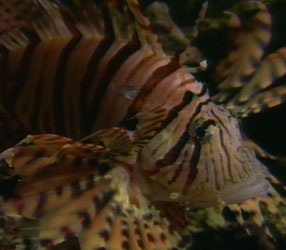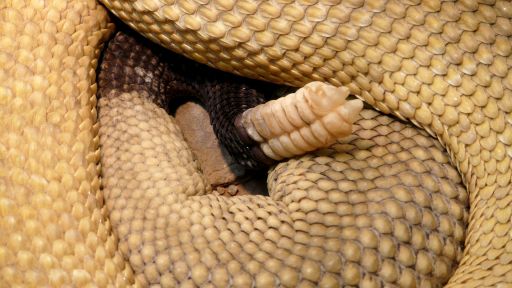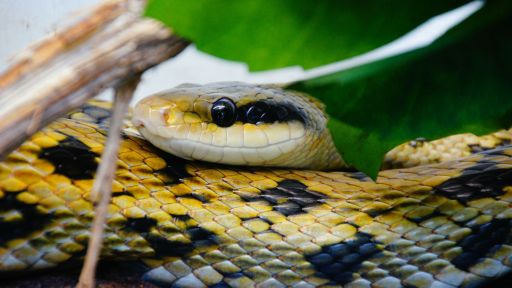 Some octopi are extremely dangerous. Snakes are not the only creatures that use venom to capture their dinners and ward off enemies. As you see in Victims of Venom, scorpions, shrews, spiders, insects, salamanders, and even some types of plants also use poisonous venoms. Many creatures of the sea, such as octopi and sea slugs, also use venom as a weapon.
Some octopi are extremely dangerous. Snakes are not the only creatures that use venom to capture their dinners and ward off enemies. As you see in Victims of Venom, scorpions, shrews, spiders, insects, salamanders, and even some types of plants also use poisonous venoms. Many creatures of the sea, such as octopi and sea slugs, also use venom as a weapon.
Several species of octopus use a neurotoxic venom, produced by their salivary glands, to immobilize their prey. A hunting octopus either spits venom into the water near its prey or uses its strong, beak-like mouth to gouge a tear in the animal’s flesh, then deposits venom into the wound. Octopi, which can grow to be up to 35 feet long, generally target small animals like crabs, but they have been known to kill humans.
In one well-publicized incident, a young Australian diver was playing with a six-inch-long octopus, letting it crawl over his shoulders. The octopus bit him, and the venom it released caused the man to lose consciousness and stop breathing. In less than two hours, he was dead.
Some of the most poisonous creatures in the sea are jellyfish, those gelatinous-looking animals that idly float through the water hoping to bump into food. Their venom, typically a neurotoxin, is carried on their many tentacles in tiny mechanisms called nematocysts. Once the tentacles touch or sense prey nearby, the nematocysts discharge like tiny cannons, each one shooting out a tube that pierces the prey and injects its deadly contents — a dose of venom. The most dangerous jellyfish can carry more than half a million of these venom triggers per square inch.
 Sometimes the loveliest creatures to look at are also the most deadly. Cone shells, long favored by shell collectors, also use venom to immobilize their prey. The snails and slugs that live inside these colorful shells lumber over the sea floor looking for edible fish and worms, poking out a fleshy appendage to probe the area around them. When a tasty morsel is detected, the animal shoots a venom-packed, barbed harpoon out through the limb, hooking into and poisoning its prey.
Sometimes the loveliest creatures to look at are also the most deadly. Cone shells, long favored by shell collectors, also use venom to immobilize their prey. The snails and slugs that live inside these colorful shells lumber over the sea floor looking for edible fish and worms, poking out a fleshy appendage to probe the area around them. When a tasty morsel is detected, the animal shoots a venom-packed, barbed harpoon out through the limb, hooking into and poisoning its prey.
Many shell collectors, entranced by the beautiful shells, have suffered the sting of these harpoons. Several have died as a result. Many people have also suffered the effects of the puffer fish. Called fugu in Japan, its flesh is considered a gourmet delicacy — but one that can kill unless prepared correctly.
Stonefish, too, can be deadly. Some of the ugliest fish in the world, they are also among the world’s most venomous. These warty-looking fish are quiet bottom-dwellers, where their odd appearance lets them virtually disappear into rocky sea floors and coral reefs. They use their venom not to capture prey, but as protection. When a stonefish senses danger, it erects several spines along its back and fins; if a predator touches the stonefish, it gets a nasty dose of venom.
Each spine on a stonefish is said to carry enough venom to kill 1,000 mice. Human encounters usually occur when a person accidentally steps on a stonefish lying camouflaged on the sea floor. The resulting pain, said to be agonizing, lasts for several hours. The venom can also be deadly to humans.







